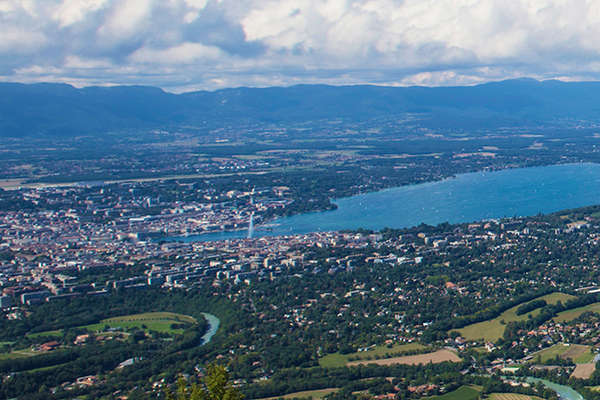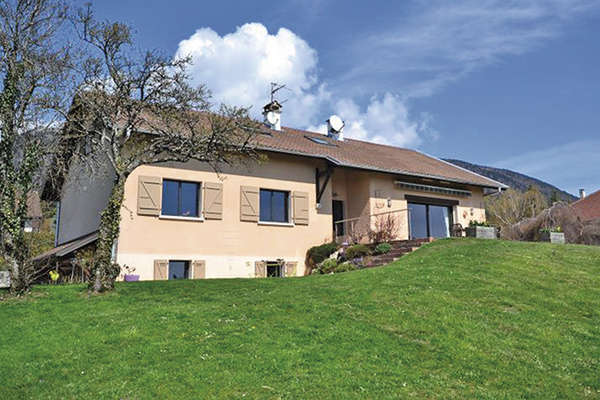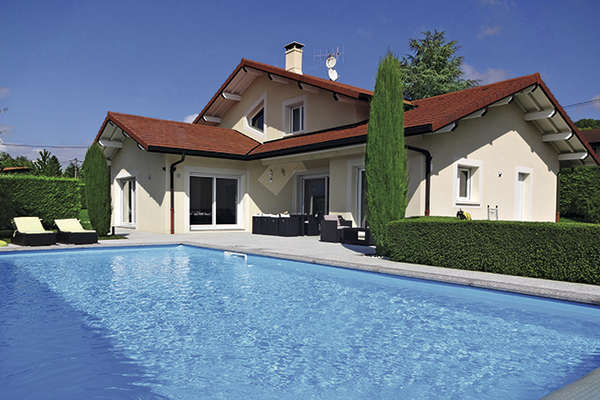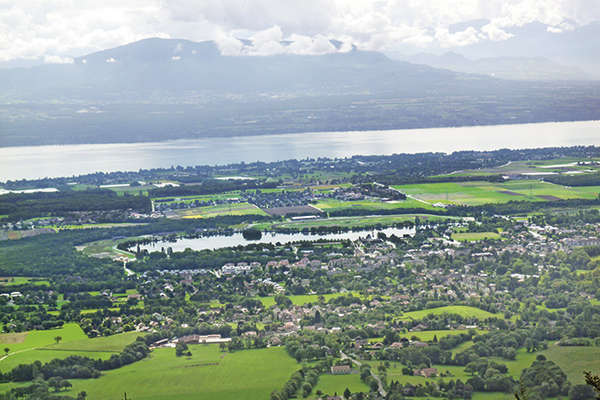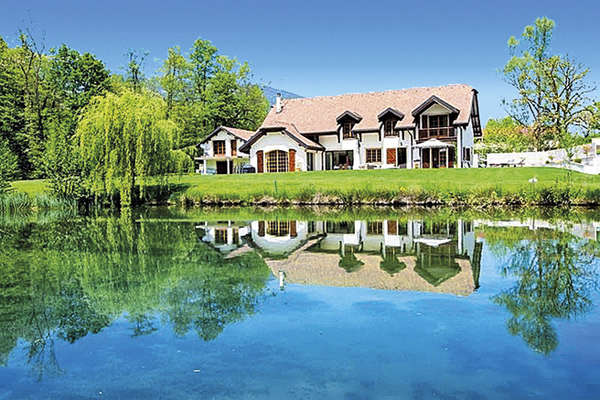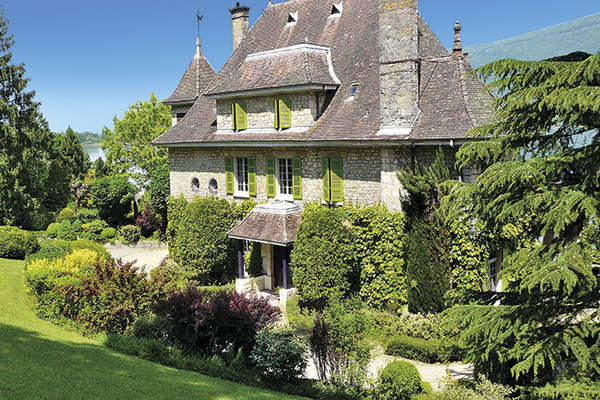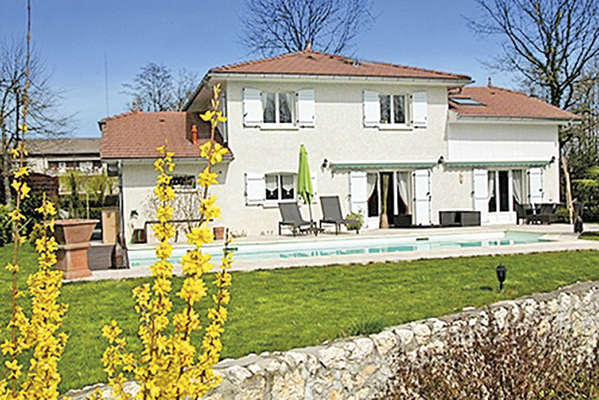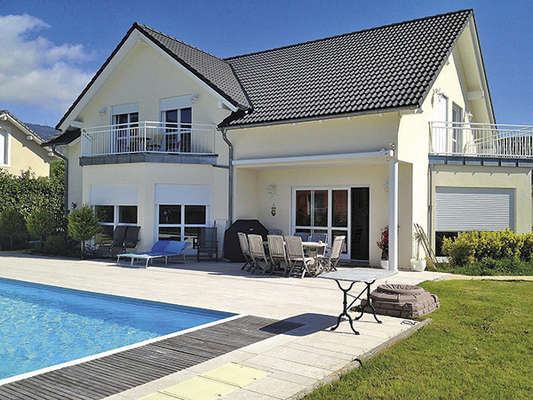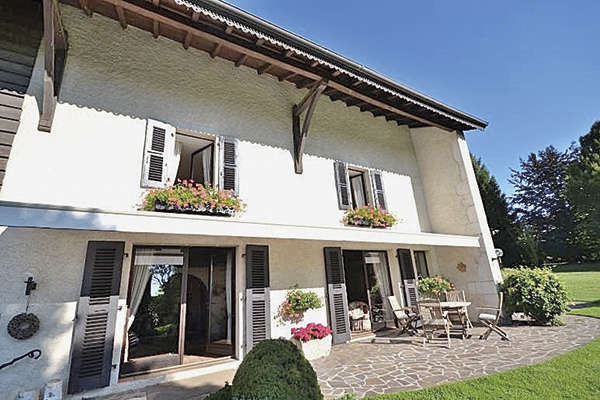Rennes, an attractive address
By Laetitia Rossi - 25 March 2013
One of the historic capitals of the Duchy of Brittany, the prefecture of Ille-et-Vilaine accommodates 207,180 people intra-muros and a further 671,845 residents within its urban area. The eighth largest student centre in France, it can also claim many distinctions, starting with first place in the 2011 rankings of provincial communes for the production of wealth per inhabitant and its title as France’s most pleasant town to live in, attributed a year later by the magazine L’Express.
In the 2nd century A.D., in the Gallo-Roman era, Rennes was already an important urban centre overlooking the confluence of the Rivers Ille and Vilaine. It lived within its walls until the 15th century, a time marked by a high level of immigration by people from Normandy. 400 years later, it assumed its role as a regional capital. In the 20th century, its housing developed at the same pace as its industrial and commercial activities. It is home to the Prefecture, General Council, the campus of Beaulieu and the university hospital centre. A particularly dominant administrative role that it still performs today. With the change of the century, two new neighbourhoods came into being - Beauregard and La Courrouze -, and the Mac-Mahon barracks were transformed into a zone for living accommodation. As part of the introduction of the Bretagne-Pays de la Loire LGV rail service in 2016, the train station in Rennes is to be renovated, at the centre of a vast neighbourhood, while new enclaves in the north-eastern part of the town and on the far side of the ring-road are scheduled to rise from the ground.
“Since last January, the market has been very sprightly, especially in the rental investment sector,” says Jocelyn Plantard of Foncière Lelièvre. Demand is high, especially in the town centre. A stylish 1-bedroom apartment built in the 1900’s is worth 3,100 €/m2 in Thabor, an area benefiting from schools and leisure facilities. A studio of 25 m2 without a parking place in Saint-Hélier will easily find a taker at 69,000 €. On the rental market, these same properties bring in 11-12 € per sq. metre per month, providing a good balance between an immediate return and long-term asset value. One can already get an idea of the impact of the route to be taken by the future metro line, slated for 2018. “Three out of every five sales are investments,” says this estate-agent whose main activity is asset management. The large number of students acts as a spur on activity. Recently, a 1-bedroomed apartment in a student residence built in 1994 sold after only one visit at 3,300-3,500 €/m2. In 1960’s residences in family-oriented areas 15 minutes from the centre, such as Jeanne d’Arc, main homes range on average from 250,000 to 300,000 €, ie. under 2,000 €/m2. The heart of town boasts a very appealing architectural heritage, as exemplified by a bourgeois house built in 1820 with a garden of 730 m2, on offer at 1,250,000 € and likely to be of interest to local buyers or Parisians drawn by the prospect of the future LGV. This high-speed train line should place this attractive Breton town only 1 hr 26 mins. from the capital.
“Audits of housing construction undertaken over the past two years in the centre of the capital of Ille-et-Vilaine provide clear visibility. The condition of apartment blocks, renovation already completed and to be done are factors which increasingly influence any estimate of a property, and also any bargaining over its price. It’s clearly time to modernize the existing accommodation,” says Arnaud Bouffort of Cogir Immobilier, an agency officiating inside the city walls for 50 years with two branches in the outer areas. The market for 1960’s and 1970’s apartments is ultra-competitive. The need for re-balancing is logical, and lower prices unavoidable. Even so, the centre and its immedite surroundings form a niche which is highly-prized due to the character offered by the buildings. By way of example, Arnaud Bouffort, handling transactions for 20 years with a management portfolio of 1,000 properties, mentions the recent sale of an 18th-C. apartment of 162 m2 at 500,000 € for use as a main home. A desirable property will range from 3,000 to 3,500 €/m2, a price often prohibitive for first-time buyers. In a central neighbourhood, a basic 3-bedroomed house starts at 400,000 €. One example of 100 m2 with a garden of 260 m2 in Sainte-Thérèse, in need of a revamp, left the files at 360,000 €. “Every year, 8,000 to 10,000 people arrive in Rennes Métropole. Saint-Grégoire, Cesson-Sévigné and Pacé top the popularity polls. A building plot of 1,200 m2 with a construction ratio of 0.25 costs 300,000 €, a figure indicating an overall budget of 700,000 €.”
